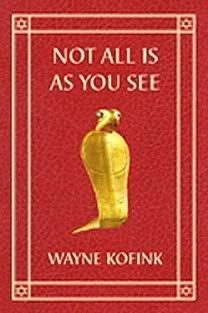Christmas
The Nativity of Our Lord
Christmas Day
Christmas Day

Shepherds, Nativity at Our Saviour, Ocala
Beloved in Christ, in this Christmastide, let it be our care and delight to hear again the message of the Angels, and in heart and mind go even unto Bethlehem, and see this thing which has come to pass, and the Babe lying in the manger.
From "A Bidding Prayer" Festival of Lessons and Carols

Ia Orana Maria - Paul Gauguin
This little Babe, so few days old,
Is come to rifle Satan's fold;
All heel doth at his presence quake,
Though he himself for cold do shake;
For in this weak, unarméd wise
The gates of hell he will surprise.
With tears he fights and wins the field
His named breast stands for a shield;
His battering shot are babish cries,
His arrows looks of weeping eyes,
His martial ensigns cold and need,
And feeble flesh his warrior's steed.
My soul, with Christ join thou in fight;
Stick to the tents that he hath pight;
Within his crib is surest ward,
This little Babe will be thy guard;
If though wilt foil thy foe with joy,
Then flit not from this Heavenly Boy.
From "New Heaven, New War" by Robert Southwell
Of the three Wise Men
Who came to thy King
One was a brown man,
So they sing.
Of the three Wise Men
Who followed the Star,
One was a brown king
From afar.
They brought fine gifts
Of spices and gold
In jeweled boxes
Of beauty untold.
Unto his humble
Manger they came,
And bowed their heads
In Jesus' name,
Three Wise Men
One dark like me –
Part of his
Nativity.
"Carol of the Brown King" by Langston Hughes

The Magi, Nativity at Our Saviour, Ocala
May Christ, who by his incarnation gather into one things earthly and things heavenly, fill you with joy and peace.
May the Lord bless you on your journey and greet you on your arrival.
Wayne
Labels: Chrsitmas













